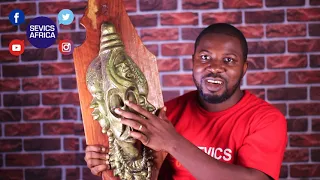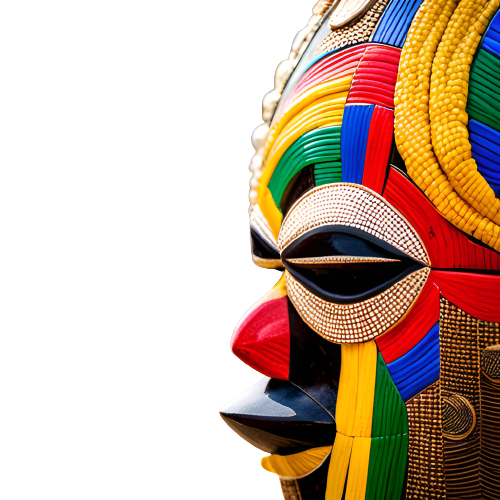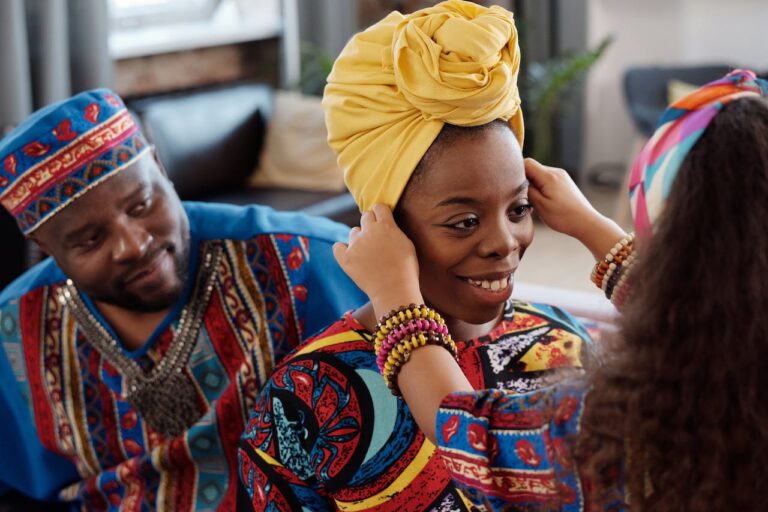The 120-Year Exile: The Journey to Restore the Ngonnso, Queen Mother of the Nso People
For over a century, a precious piece of African Art, representing the revered Queen Mother of the Nso People, has remained in exile. The Ngonnso, a symbol of ancestral heritage and cultural identity, was forcibly taken from its homeland by the Germans in 1902. Today, the Nso people hold hope for her return, but obstacles persist.
Before delving into this tale, it is essential to express some grievances. Europe‘s attitudes toward African artifacts are perplexing, as they proudly exhibit the proceeds of historical crimes while funding cultural conservation efforts. Yet, their colonial past, filled with exploitation and destruction of native cultures, is a bitter irony. These historical injustices continue to affect less developed nations, keeping them in perpetual struggle.
Let’s focus on the heart of the matter—the Queen Mother of the Nso People, the Ngonnso. More than a mere statue, she embodies a princess and a deity, considered the ancestral mother and founder of the Nso kingdom. The Ngonnso’s abduction by the German Colonial Commander, Kurt Pavel, in 1902 has caused immense suffering for her people, including poor harvests, famine, and even wars.
To grasp the significance of the Ngonnso, we must delve into history. The Ngonnso lived in the 14th century and descended from the Tikar Dynasty‘s royalty. Her name, meaning “Mother of the Nso,” holds profound cultural importance, as she founded the Nso kingdom, with her direct descendants becoming successive rulers. Her absence has left a void in the identity and spirit of the Nso people, akin to losing one’s own mother.
Debate surrounds the acquisition of the Ngonnso statue. The Germans claim it was a gift from the Nso people, but the Nso people disagree. Given the Ngonnso’s significance as their guiding spirit and national symbol of peace and hope, it seems implausible that they willingly relinquished it. It is akin to suggesting that King Jaja of Opobo willingly abandoned his kingdom to British control—a notion as improbable as it is disrespectful. Tolearn about King Jaja of Opobo, see the video below –
After three decades of advocacy and pressure from prominent activists and public figures, including Sylvie Njobati and Chimamanda Ngozi Adichie from Nigeria, the Germans have taken a small step. In November 2022, the Fon of Nso, the traditional and spiritual leader and a descendant of the Queen Mother, visited Germany to reconnect with the Ngonnso. While this marks a significant moment, it can be likened to visitation rights after 120 years.
However, the Ngonnso’s case is not an isolated one. Over 40,000 Cameroonian artifacts still reside outside their homeland, a situation that must be rightly described as theft.
The Nso people’s fervent desire is for their Queen Mother to return home, where she rightfully belongs. Though progress has been made, the journey ahead is long and challenging. Advocates continue to raise their voices, hoping that more influential figures will join their cause to release the Ngonnso and other cultural treasures back to their people.
The story of the Ngonnso is a testament to the resilience of a people determined to reclaim their heritage—a journey that embodies their unwavering spirit and determination to heal the wounds of history.







